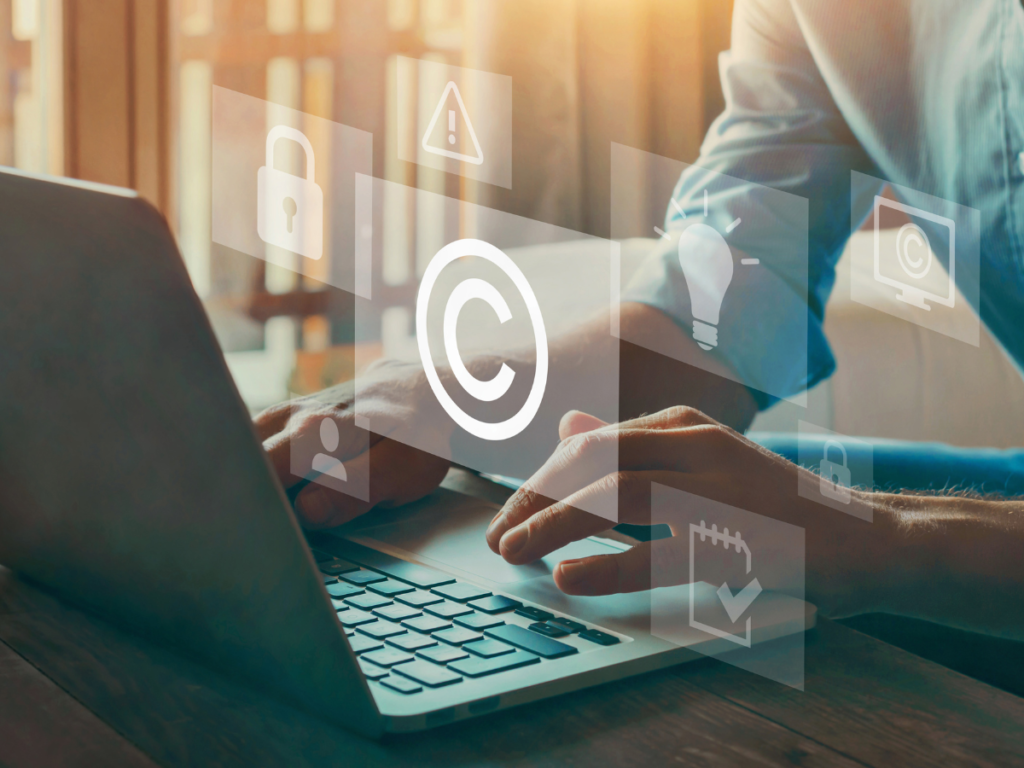
| When it comes to intellectual property (IP) protection, nothing beats copyright. As soon as a work is written, typed, or recorded, it’s granted copyright protection, allowing the creator to claim it as their own and prevent any unauthorized use. |
| Protecting creative works in this way has been in effect since the U.S. Copyright Act of 1970. The creative works need only be original and it doesn’t matter whether they are similar in some respects to works created by others.
The Supreme Court has determined that the term originated, as it is used in copyright, means only that the work was independently created by the author (as opposed to copied from other works), and that it possesses at least some minimal degree of creativity. The requisite level of creativity is extremely low; even a slight amount will suffice. The vast majority of works make the grade quite easily, as they possess some creative spark. Despite the law prohibiting individuals from copying other people’s work, though, copyright infringement still occurs. Want to ensure you won’t inadvertently use someone else’s original work without their permission? These four tips will help you achieve that! 1. Understand Copyright Laws Copyright laws protect tangible works, not ideas or facts. What this means is you can’t quote someone verbatim without crediting them, but nothing is stopping you from using the same ideas their work focuses on. Keep in mind that ideas don’t include things like characters or literary places, as these belong to specific works. It’s also important to understand the concept of the public domain. A work that’s in the public domain is also out of copyright, so it’s free for everyone to use as they see fit. If you choose to do this, you don’t even need to use a disclaimer. However, as a general rule, copyright protection last for the life of the author plus an additional 70 years. The rights I such works can pass to an heir following the life of the author who then has the right to enforce copyright protection of the work. 2. Refuse Access to Prior Work Are you working on a piece of property that’s already had some design work done? If so, your best bet is to make a conscious effort to avoid that prior work. Tell your client not to send you anything done before you got involved in the process. If they still send you something, don’t accept it or return it unexamined. Generally speaking, it is not possible to copy something if you never see it in the first place. If you are dedicated to limiting the information you collect for your work, you won’t have to worry about any potential copyright infringement claims. 3. Use the Internet Carefully Even a work that isn’t cited as belonging to someone can be someone else’s property. The internet, in particular, appears to offer an abundance of “free” work, but this is rarely the case. The only exceptions are when authors specifically state that their work is free to use or upload their work on sites that allow use without attribution. In all other cases, using work from the internet means you should cite it properly. The three main citation styles used in professional settings are MLA, APA, and Chicago. It’s best to choose your style based on the industry your business is in. 4. Document Your Work Documenting your work falls under the Independent Creation Doctrine, which functions as a denial of any copying. By “showing your work,” you prove that you’ve independently created your own product. Since copyright infringement claims can be tough to defend, prevention remains the best tool at your disposal. To document your work, use a logical file system to save all your plans, sketches, meeting notes, and communications. Also, track your time and describe the activities performed. If your records are detailed enough, you should be protected from any claims of direct copying. |
